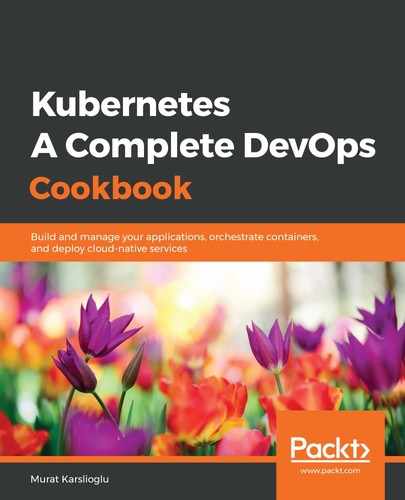All Kubernetes resources are created in a declarative way by using YAML manifest files. Let's perform the following steps to create an example file we will use later to deploy an application in Kubernetes:
- For this recipe, we will use MinIO to create a couple of resources that we can use to understand the file format and later help us deploy the fully functional application. Open the MinIO download website by going to https://min.io/download#/kubernetes.
- On the MinIO website from the list of available download options, click on the Kubernetes button and select the Kubernetes CLI tab. This page will help us generate the YAML content required for the MinIO application based on our preferences:

- Enter your access key and secret key pair. In our example, we used minio/minio123. This will be used in place of a username and password when you access your MinIO service. Select Distributed as the deployment model and enter 4 for the number of nodes. This option will create a StatefulSet with four replicas. Enter 10 GB as the size. In our example, we'll use the values shown on the following configuration screen:

- Click on the Generate button and examine the file's content. You will notice three different resources stored in the YAML manifest, including service, StatefulSet, and second service, which will create a cloud load balancer to expose the first service ports to the external access.
- Copy the content and save it as minio.yaml on your workstation.
